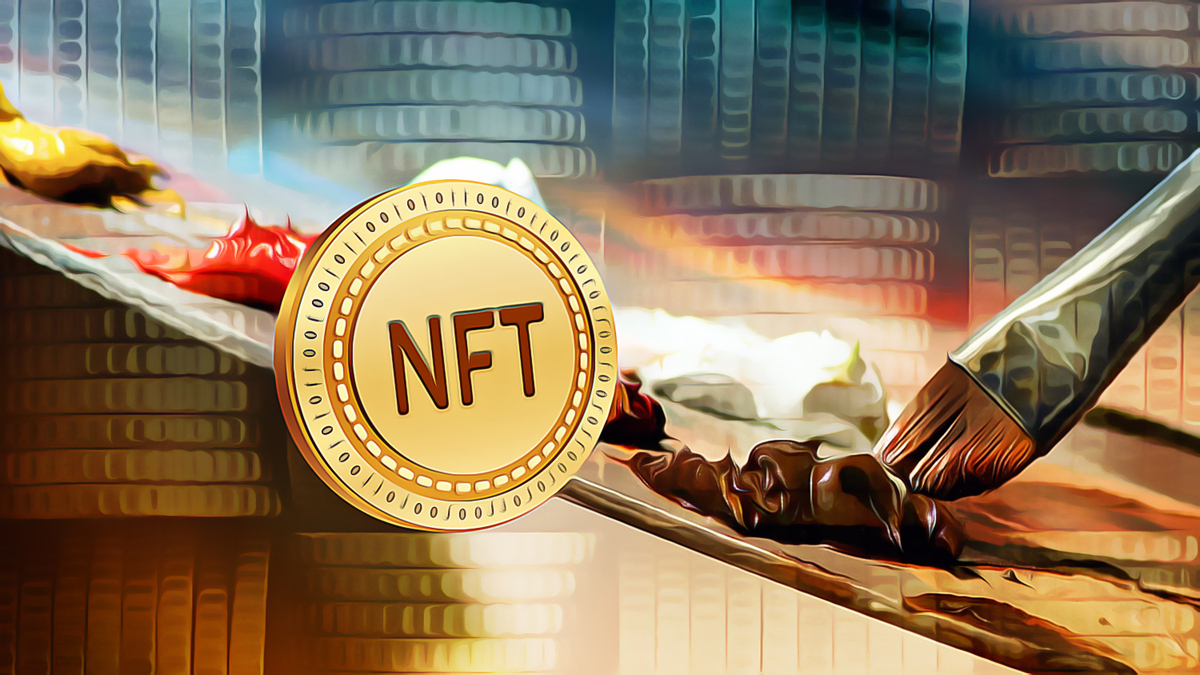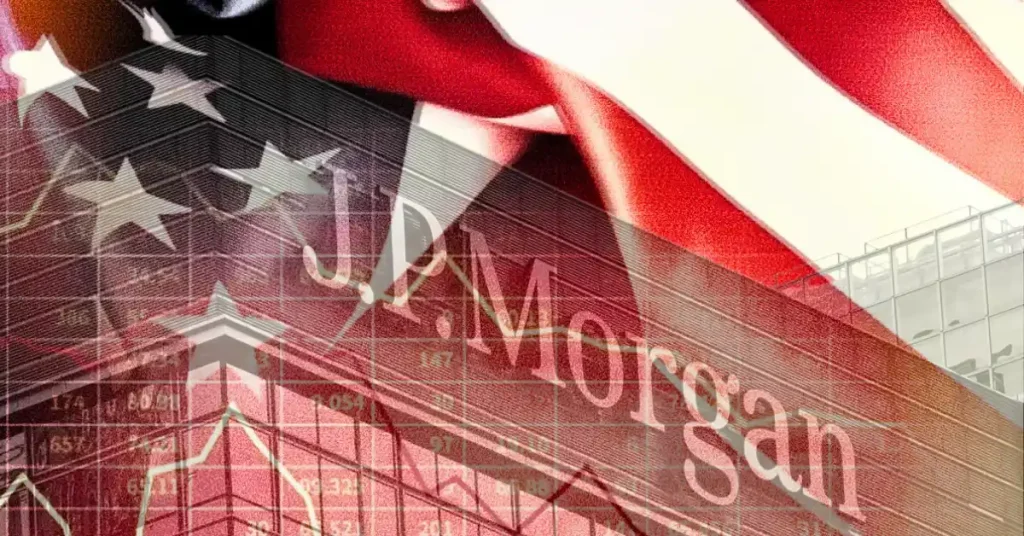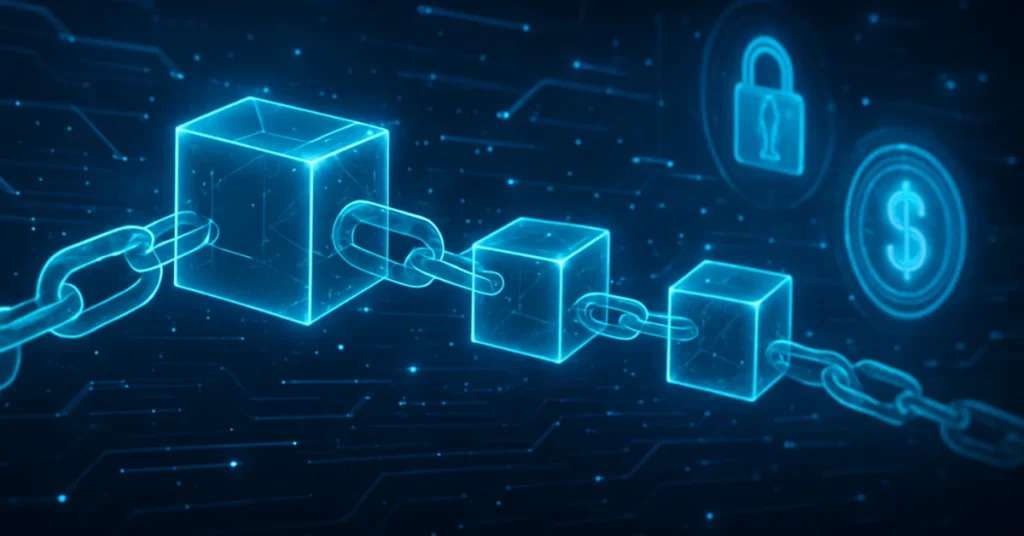
2021 was the year in which the NFT made a mainstream breakthrough. The number of worldwide searches on Google for the term ‘NFT’ surpassed the term ‘crypto’ for the first time, according to Google Trends.
An NFT is a non-exchangeable document of authenticity that proves the ownership of digital objects. That document is recorded in the blockchain, the ledger that cryptocurrencies also use.
Trading in NFTs is on the rise. OpenSea, currently the most popular decentralized platform for NFT auctions, facilitated $3.4 billion in transactions in August alone. In fact, the still nascent market for non-fungible tokens has had its best year ever, generating more than $23 billion in trading, according to figures from DappRadar. In comparison: last year, it was less than 100 million.
The rise of NFTs from a creator’s perspective
Invezz spoke with Adam Jeffcoat, the founder of Studio NX, a UK-based Emmy-award-winning visual development house that has been creating character-driven IP for feature film, TV, and games for the last decade. Adam has worked with well-known brands including Walt Disney, Netflix, Fox, Nickelodeon, MarvelStudios, Apple, and others.
Adam recently made the decision to expand his business and enter the NFT space. They are currently working with Jim Bryson, a Canadian creator, director, character designer, and StudioNX co-founder, on their first Solana-based NFT collection Gorecats, including a staking game and hidden rewards.
 Gorecats – Adam’s first interactive NFT collection
Gorecats – Adam’s first interactive NFT collectionNFTs gained massive popularity in 2021, how have you seen this kick off on the artist side of things?
At first, there was a lot of negativity towards NFTs, and I shared this feeling at the start. It seemed like bizarre new technology coming in alongside the sweeping in of various cryptocurrencies. From the perspective of the art world, this seemed like the selling of low-quality art for huge amounts of money, so for artists in this space who rely on it to make a living in that, it tends to create a bit of bitterness as they often struggle.
However, my curiosity about NFTs was also peaked. I got into currencies myself and through my studio that has made some investments over the last couple of years, so through these channels I heard a lot about them. When starting to look into them, it seemed like NFTs provided an opportunity for independent artists. With some of the examples we saw, it looked like people were starting to recognize that you could start a collection of NFTs, build an audience and create IP this way.
The creators of the That 70s Show made me realize NFTs are the future
An example of more traditional content creators moving into the NFT space that really sparked my interest was when the creators of the American TV show “That 70s Show” created an animated series that was accessible through the purchase of NFTs from their collection. When I saw this, I changed my mind and recognized that this was the future. The more I learned about it, the more I realized this is the way we’re moving forward with digital art now being on the blockchain where one can prove their ownership whilst before, digital art was “worthless”.
Besides that, the fact that it gives you direct contact with the audience was very appealing to us, and we started actively looking into it halfway through 2021, during the time NFTs had started to explode. We still experienced some issues with Ethereum, OpenSea, and other main sites involved in selling NFTs as they all run on ETH which has a heavy carbon footprint which was another factor that initially put me off. However, we later realized that there were other blockchains we could release our collection on, such as Solana for example, which only had a fraction of the footprint. Once we moved past all these negative aspects, we decided to embark on the NFT hype and took our first steps into the NFT world.
Now months later, I find myself almost defending NFTs to fellow artists who approach me with things such as “I cannot believe you’ve joined the dark side, it’s such a sell-out thing to do.” But I feel okay doing this now as anyone that brings up an argument against NFTs, when pressed on it with further questions, their opinion is usually not their own and copied and pasted from what they’ve heard or read elsewhere, whereas now I can confidently defend the space. It certainly is the future, and it’d be crazy to ignore it.
Are there any particular key factors you think have contributed to helping this crypto niche gain interest?
The way NFTs have launched into the mainstream space is largely down to a select number of NFT projects that have found their way into big celebrities wallets’ if you like. There were two examples: Degenerate Apes and Bored Ape Yaught Club absolutely blew up. Big names such as basketball players in the NBA that were buying them, Eminem got involved, countless other celebrities invested. This made many realize that NFTs had become a status symbol; if you had an NFT on your Twitter page, for example, you were deemed as “cool” which has been a game-changer.
Before, you’d own a physical piece of art to show off your status, now you do with these digital NFTs. It completely flipped the industry because it means anyone can create a collection and potentially hit it big as long as you find that niche market.
For musicians, it has been revolutionary too. Previously, artists needed to go through a label to get their music out to the public, whilst now they can launch new tracks as NFTs and directly sell to their fans. In essence, this has put the power back into the hands of the creators.
Your NFT collection goes beyond the simple purchasing of pixels and has interactive elements to it. Do you think factors like this will become the norm?
What struck us immediately is that it’s such a competitive market. When we first got into NFTs, there were a lot of projects that were just a collection of art with a variety of themes [e.g. cats, apes, robots, etc], and very quickly this market became saturated and the competition for different projects went up, so people started to desperately attempt to find unique aspects within their project to set themselves apart which created a wave of what we call “utility”.
Utility in essence means, what does my NFT do other than just sit on my computer and look pretty. For example, many creators started to add a gamified element to their token, where they’d for example let you use their NFT as a part of a game or stake your NFT to help unlock other parts of a game, win things through user websites for the specific project, etc.
In addition, people were trying to find ways to turn their collection of NFTs into an actual brand. When we realized that the competition was taking off so rapidly. We first looked into using Solana which at the time only had 13 NFT projects on it whilst when we were ready to launch our own, there were just under a thousand projects backed on the Solana blockchain.
Whilst we’re not from a technical background, we aimed to find a unique angle to our collection of NFTs as storytellers and use these skills to give our collection value. From day one, we made it clear in our pitches that what you’d buy, were characters from an animated story. For example, if you were to buy gremlin characters from a film, and then a year or two down the line when this film is released, you see your NFT playing a role on the screen. We’ve tried to set ourselves apart with this particular angle, and so far it’s been successful.
What’s are the greatest benefits NFTs have brought for both creators and purchasers?
For us, NFTs are a new business model. The traditional way of pitching ideas to sell animation has changed; normally you depend on the “mercy” of execs, who decide if your ideas are good enough to move forward with. Now, with the app stores, for example, this gatekeeper is removed as anyone can create and publish on these platforms. In a way, NFTs have provided the same sort of opportunities for creators.
For creators, the biggest positive factor of NFTs by far is the ability to take an independent route to income, which essentially all artists are looking for. In the past, you’d need to have a big social media following in order to generate income from your personal work as opposed to client work. NFTs give the opportunity to do these kinds of things through art collections, books, comics, anything.
The only downside is the competition in the market, but it’s still early days so even the people that are, at this time against NFTs, will probably be involved within the next few years which is almost inevitable.
The market can be divided into two types of buyers: art lovers and art flippers
In terms of purchasers, you’d have to split them into two categories: art lovers that enjoy the content of the token they’re buying and want to own a collection; so on one side, you’ll get people buying NFTs because they genuinely love what they’re purchasing and will want to hold on to these assets, probably in a MetaVerse gallery in a year or two.
And then there are people that see NFTs as a way to make money because there’s still a slight shallowness to the fact that you’re essentially just holding these digital NFTs on your computer; a lot of people will likely not see them as being worth that much to them personally and will only buy them to flip them for profit, but the incentive for people to buy them remains. Most collectors, or “real” art, buy it with the hope it will eventually increase in value and there are a lot of investment groups that offer physical art as part of the investment portfolio, so that’s obviously a big lure for people to get involved as well.
For both buyers and creators of NFTs, you can’t ignore the fact that everyone is now adopting this; McDonald’s, Burger King, Disney, Marvel, they’re all doing it so for brands and things it’s become a way of collecting memorabilia. For both sides, the appeal will continue to grow and once it’s become so mainstream you can, for example, buy and NFT on your phone, it will really take off in a big way.
Which aspects would you say NFTs still need improving on?
First and foremost, it’s the accessibility of NFTs that still has massive steps to take before mass adaptation can happen. When I first got into the space, I felt so overwhelmed, and I didn’t understand what wallets were, how you could buy crypto, and how to transfer it to another site; there are no instructions.
Those that create these platforms are all developers, so they take it for granted that you know what you’re doing, however, the majority of the public has no knowledge of these processes. Full, detailed instructions are needed to move past this accessibility issue.
Even now, the main way to purchase NFTs is through MetaMars which is not user-friendly; it doesn’t make a lot of sense unless you know what you’re doing. The same goes for crypto, for example having PayPal adopt crypto payments will allow a much more user-friendly experience and it’s companies like this that will have to come in and partner and offer NFTs directly through these sites.
The smaller improvements we’d like to see are the issue of the carbon footprint on Ethereum; they need to take big steps to lower this. In the end of the day, we have enough things destroying our planet, so we really do not need another factor contributing to this. Once they solve that and remove the negativity around the minting and the gas fees, alongside the improved accessibility, NFTs will become completely mainstream.
What changes have NFTs brought into the world in 2021?
In a way, NFTs contribute to bringing a huge amount of new wealth to these spaces, within art specifically. 90 percent of NFT creators are essentially artists and before, investment money of this kind was only really invested in the crypto world for investors and early adopters of crypto whilst now, there’s a big flow of new money coming in.
What I realized happened is, a lot of people that said to be investing in crypto early on, easily splurge on an NFT of for example £100,000 as they have made so much money from crypto investments, that money becomes less meaningful to them thus they’re more than happy to spend large sums on a piece of digital art.
With people buying art directly from the creators, a completely new stream of revenue was built. For our studio, for example, we started working and making NFTs for other coins such as xCat and Block Asset halfway through 2021. The budget these kinds of clients have, are almost double the amount our regular animation clients have available.
It’s enabled independent artists to make a living whilst continuing to build bigger and better projects for themselves and their audience.
How do you think the rise of NFTs will contribute to the further digitalization of our daily lives?
That’s where it gets scary for me. The pandemic has obviously accelerated the digitalization of many aspects of our lives, and this almost inevitable MetaVerse type of living that seems to be approaching us will probably start to play a big role. Everyone now just holds their NFTs on a wallet, and the only way anyone else can see it is by going to their OpenSea account and looking at their gallery.
But once the MEtaVerse will become mainstream, we’ll have virtual galleries to display these assets and walk through these spaces and look at what others own. I see it happening, I understand it as it is evolution however I don’t particularly like it as I fear what the future may hold as potentially soon, people might rather spend their time in such a digital world instead of actually living real life. But it’s a matter of joining them or getting left behind, so we’re trying to find our place in this world.
What will 2022 bring for NFTs?
Definitely more mainstream adoption; that’s inevitable with the speed things are moving. I expect at least a couple of big sites offering NFTs, PayPal or Apple, for example, offering these assets for sale with fiat currency instead of only crypto.
The integration of this within other elements such as the MetaVerse will also become more apparent as well. Whilst it will only be attestable to a few people, we’ll probably start to see more and more demos of individuals’ galleries whilst that now all seems a bit strange, probably by the end of this new year we’ll start to see this really kick in.
I imagine all major brands, those that haven’t jumped on board yet, get involved this year. It will be seen as a route for big studios as a way to make content, not just independently. We’ll likely see big names such as Fox and DreamWorks enter the space as well.
The post The changes NFTs brought the world in 2021 appeared first on Invezz.















 English (US) ·
English (US) ·